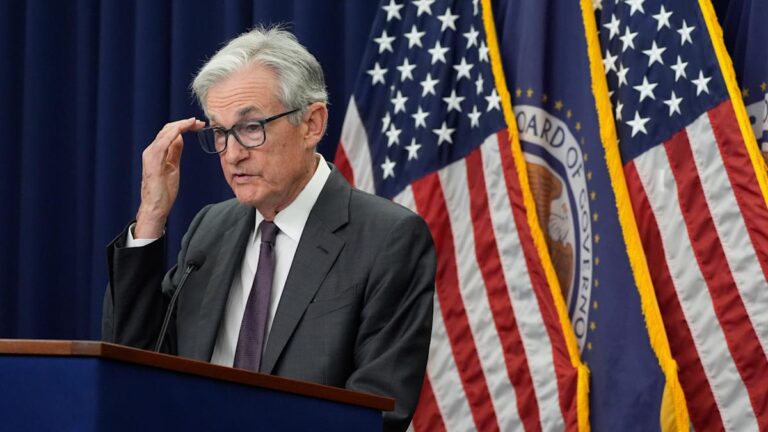A hotter-than-expected wholesale inflation report just made the Federal Reserve’s decision regarding a September rate cut even tougher. The report raises questions of whether higher prices for businesses will be passed on to consumers, pushing up inflation.
“The PPI suggests inflation isn’t the non-story some people thought it was after Tuesday’s CPI print,” said Chris Larkin, managing director of trading and investing for E-Trade from Morgan Stanley. “This doesn’t slam the door on a September rate cut, but based on the market’s initial reaction, the opening may be a little smaller than it was a couple of days ago.”
Read more: How jobs, inflation, and the Fed are all related
Markets are still pricing in over a 90% chance the central bank will cut rates by a quarter percentage point come September.
The Producer Price Index showed prices rose in July by a much stronger-than-expected 0.9%, marking the largest monthly increase in more than three years. Year over year, core prices, which exclude volatile food and energy prices, jumped to 3.7% from 2.6% in June. Expectations were for a jump up to 3%.
“If consumer prices don’t accelerate from here, we have a profit margin hit on our hands,” said market strategist Peter Boockvar. “Pick your poison.”
But Luke Tilley, chief economist for Wilmington Trust, doesn’t think PPI changes the story for higher inflation.
“I think today’s PPI fits the narrative we’ve had all along,” said Tilley. “Tariffs are driving up business costs, firms are eating some of the costs and passing some along to consumers. I don’t see a risk of more general inflation because consumers will continue cutting back on services spending.”
The data will be used in conjunction with the Consumer Price Index to estimate what the Fed’s preferred inflation gauge — the Personal Consumption Expenditures index (PCE) — will be.
Using both data sets, Bank of America economists estimate PCE on a core basis, excluding volatile food and energy prices, rose by 0.3% month over month in July. That would push the year-over-year rate up to 2.9% from 2.8% in June.
July’s PCE report is due out Aug. 29.
“The Fed’s preferred measure of inflation likely moved further away from its 2% target, challenging the market’s conviction for a September cut,” said Stephen Juneau, US economist for Bank of America.
Thursday’s report continues the conundrum for the Fed and Chairman Jerome Powell: Increasingly both sides of their dual mandate are coming into potential conflict, engraining the division of views among members of the Fed.
Chicago Fed president Austan Goolsbee cautioned Wednesday that if there are more inflation reports that show prices for services are rising, like the CPI report earlier this week, that would be concerning.
Story Continues
